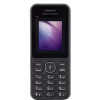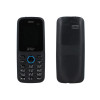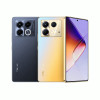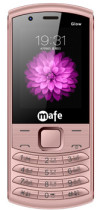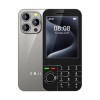A modern smartphone, say an Apple iPhone 7 is capable of delivering high-quality video and audio files at a faster rate. Some of the video streaming applications like Netflix, YouTube, Google Play Movies, Hulu and Spotify brings the high-quality video experience at your fingertips. While streaming videos on your device, the users are unaware of the amount of data that is draining from your data pack.
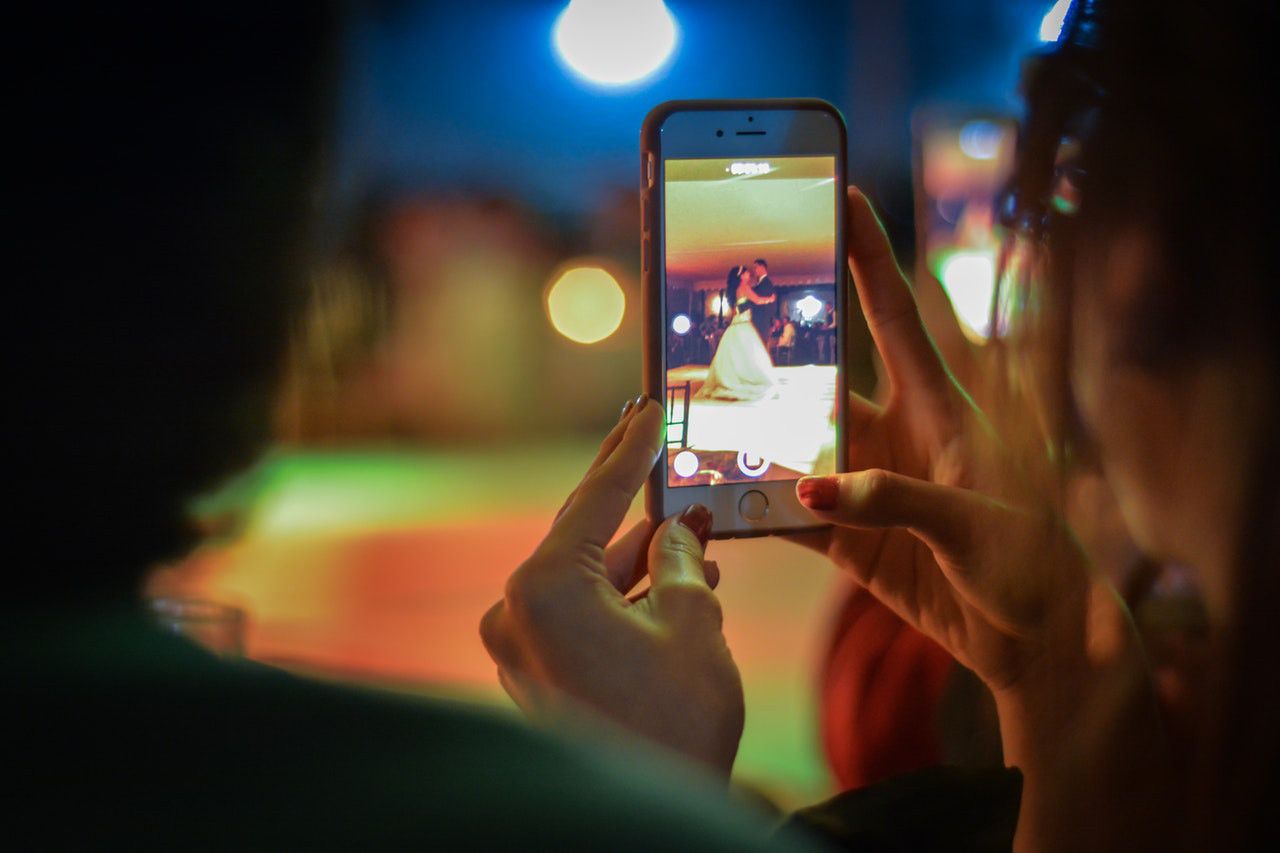
As a matter of concern, every user has to be aware of how much data they are using while listening to an audio file or a video file. The data consumed by an audio file is different from the video file. Moreover, it varies according to the mobile phone you are using, as well as the network provider. Here we are listing out average figures of data consumption while streaming audio and video files on your phone.
Audio Streaming
Audio files can be categorized into three. The Low, Normal and High-Quality files. Low-quality files are usually of 96kbps, which consumes 0.70 to .75MB data per minute. The Normal quality 160kbps files use, 1.15 to 1.25MB per second and High-quality 320kbps file use about 2.40 to 2.50MB data per minute as well.
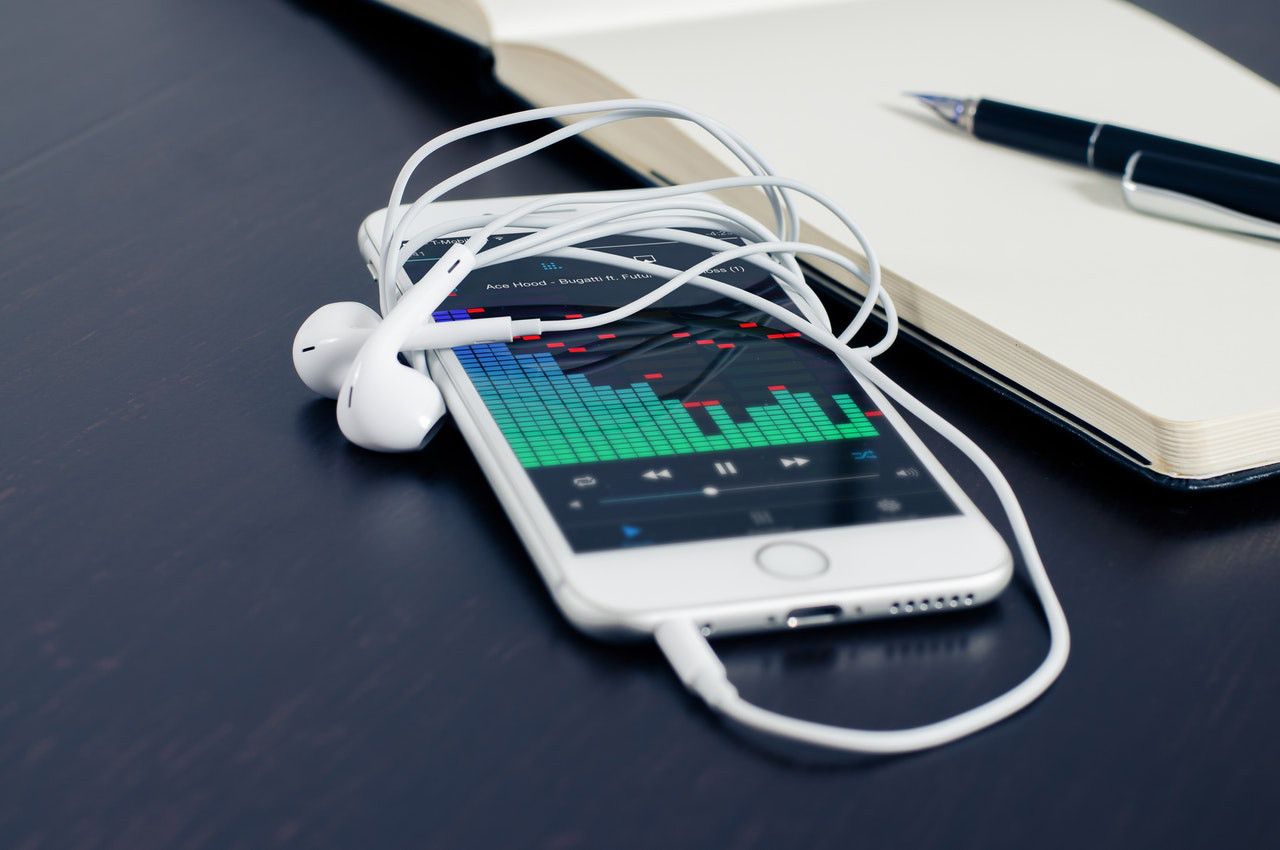
Video Streaming
Like the audio files, video files can be categorized into Low quality, SD quality HD quality, and UHD quality videos. The low-quality videos are generally very low-quality videos ranging from 240p to 320p. Such videos will use about 300MB of data per hour. The SD quality videos are Standard videos of 480p, which use 700 to 720MB data per hour. However, HD and UHD videos can be streamed only in high-end smartphones and it requires a seamless mobile network for streaming. The HD videos are between 720p to 2K resolution which consumes about 900MB for 720p files, 1.5GB for 1080p files and 3GB for 2K files per hour. The things even more interesting while streaming a UHD file. An Ultra HD quality videos are about 4K resolution and it requires a 4K projection or screen to play it. Such 4K files consume a bulk of data around 7.2 GB per hour.
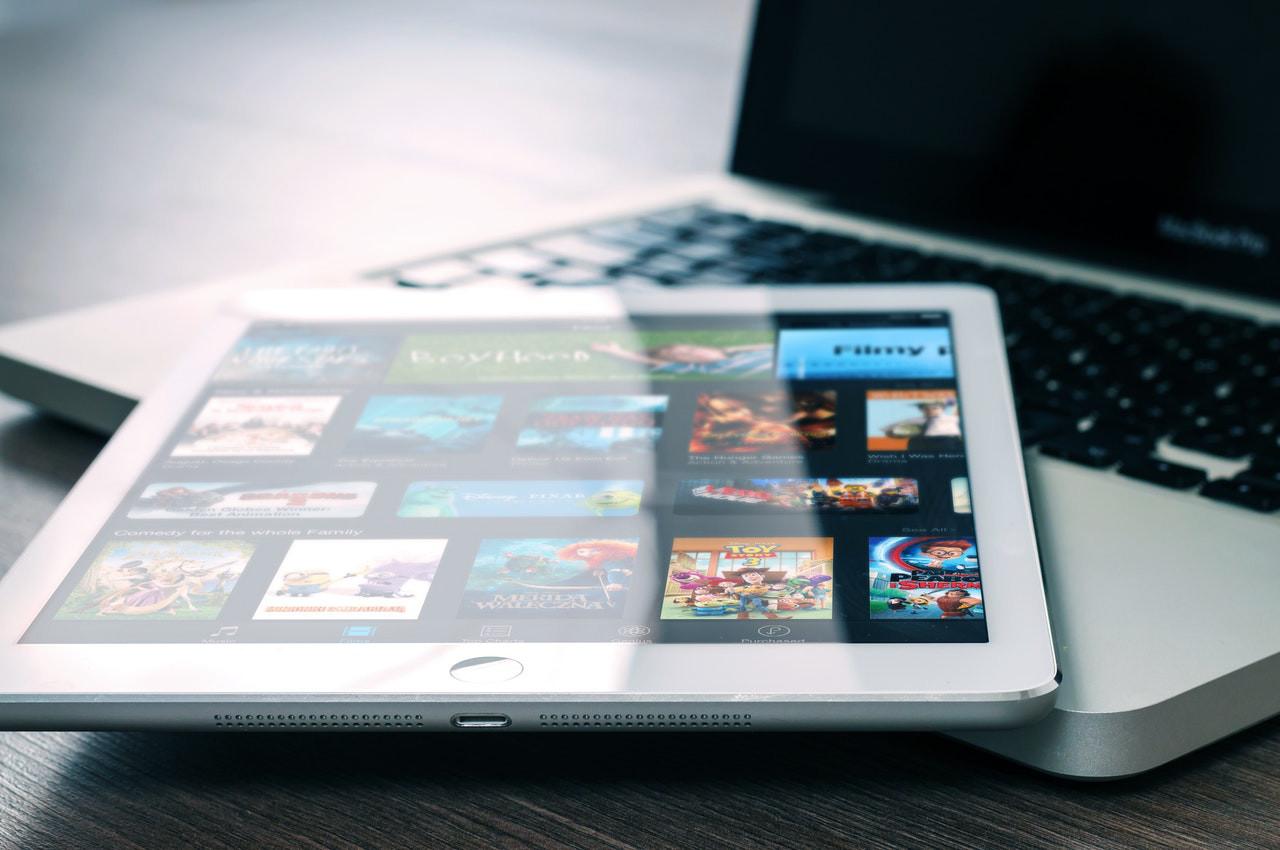
All the above-mentioned figures are just average. It changes from places to places and devices to devices. Moreover, video streaming service providers such as Netflix and Amazon Prime Instant Video consume a whole lot of data. Their picture and audio quality are highly advanced and some of the best in the world. Therefore, one has to be aware of such data eating applications in our devices. Thereby setting up a data plan after accessing the applications would benefit you to maintain your monthly expense.
As the technology is growing day-by-day one cannot move on without the help of your smartphone or smart tablet. With the evolving science and technology internet has become one of the inevitable 'need' in our economy.

